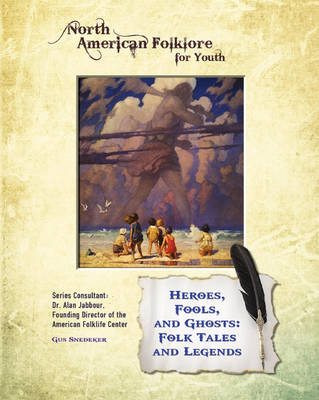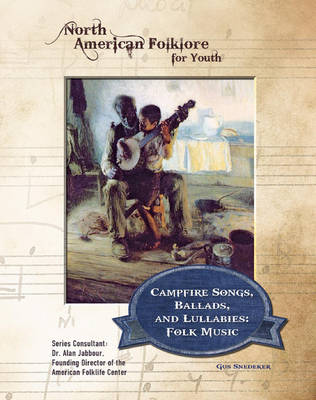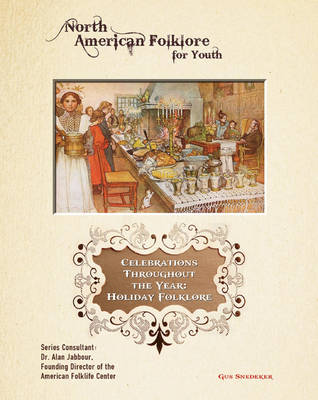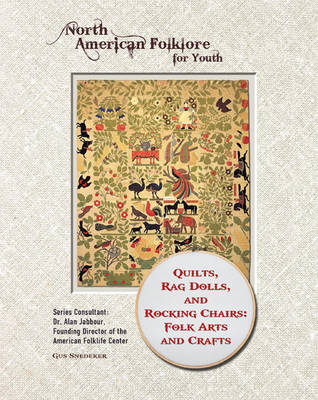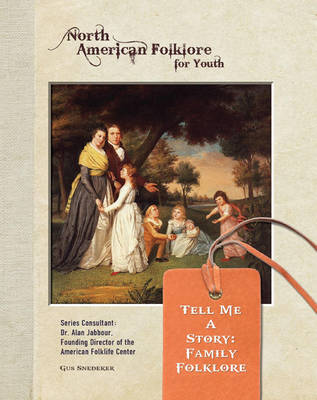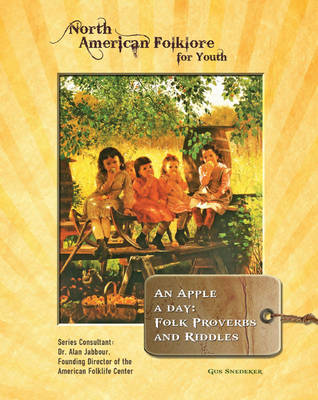North American Folklore for Youth
6 total works
Have you heard of Anansi, the mischief-making spider from Africa? Do you know about the Blackfoot woman who married a star? Or have you heard stories about Jack, the hero who always wins both the treasure and the princess's heart? Discover stories from North America's folklore, including tales about: • why the world is the way it is • heroes and fools • ghosts and horrors • death and the world to come. Stories have power. They share the wisdom of other generations. They stir our imagination. They give us hope and courage. And sometimes they just make us laugh!
You may turn on the CD player or the radio when you want to hear music—but once, in the days before modern technology, music was enjoyed whenever groups of people got together. You probably know some folk songs, a song that was passed along from person to person. Learn about: • types of folk songs • folk instruments • folk music's European and African roots • Cajun music • the music of Appalachia • Hispanic music • today's folk music. Modern music—Rock, Country, R&B, and more—is rooted deep in North America's musical folklore. And folk music is still alive and well today.
Special days are times for fun and togetherness. They also link us to the Earth's seasons, and they help us keep track of how time passes. Most of all, they are deeply rooted in folk tradition. Learn more about: • the winter holidays, like Christmas and Hanukkah. • spring celebrations like Easter and Asian New Year's.• fall festivals, like Halloween and the Day of the Dead. • summer celebrations, like the Fourth of July. Holidays and festivals draw us together. They remind us of who we are, where we come from, and what we believe. As we travel through the year, folk festivals give us strength. And they make life more fun!
Quilts, Rag Dolls, and Rocking Chairs: Folk Arts and Crafts
by Gus Snedeker
Published 2 September 2014
A patchwork quilt . . . a handmade mandolin . . . a rag doll . . . a wooden chair—all these things are examples of folk arts and crafts. They are useful objects that are also beautiful. Learn about various kinds of folk art, including:• furniture • toys • religious objects • musical instruments • quilts, clothes, and other fabric arts. In folk traditions, art is a part of everyday life. And people still enjoy folk art today.
Does your family have a favorite holiday meal? What are your birthday traditions? Do the older people in your family tell stories about their childhood and what life was like when they were young? All these are parts of family folklore. Tell Me a Story will help you better understand: • what family is.• the ways the generations are linked together.• how families relate to each other.• how families pass along a heritage for the future. We get strength from our family's past—and this sort of folklore also gives us hope for the future.
Have you heard these common proverbs? Let sleeping dogs lie. Where there's smoke there's fire. You can lead a horse to water, but you can't make him drink. Or what about these riddles? What is black and white and red (read) all over? Why did the chicken cross the road? Why is 6 afraid of 7? Proverbs and riddles are tiny, bite-size pieces of folklore. They make us think. They tease our brains. They may make us laugh. But most of all, they tell us something about who we are and how we see the world.
